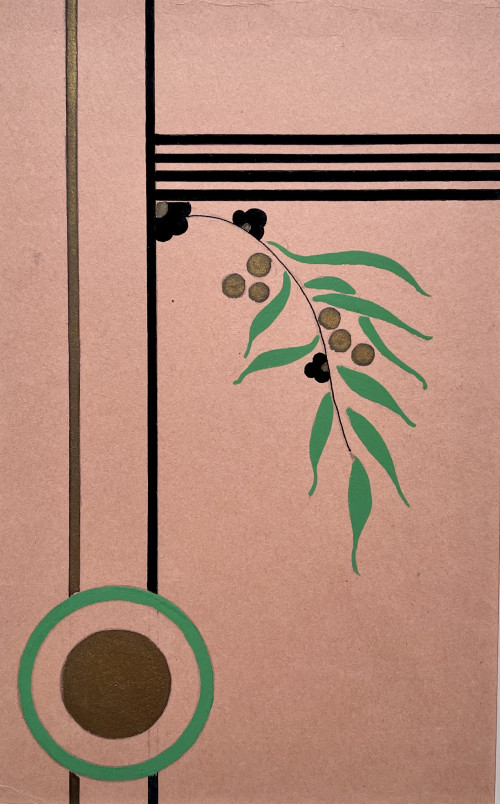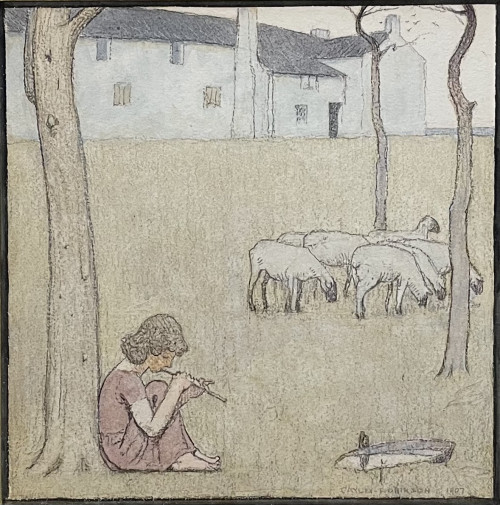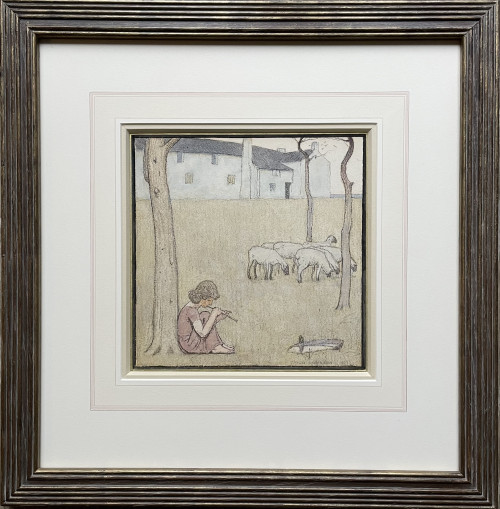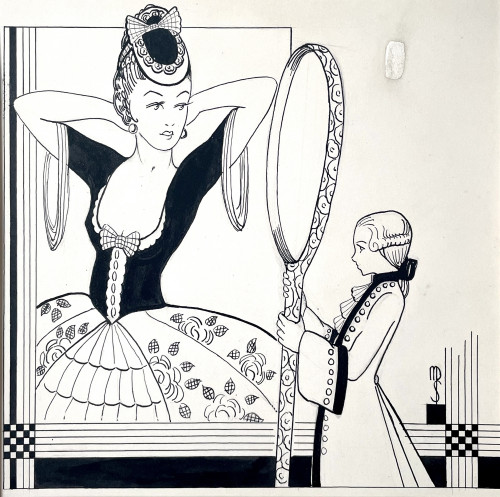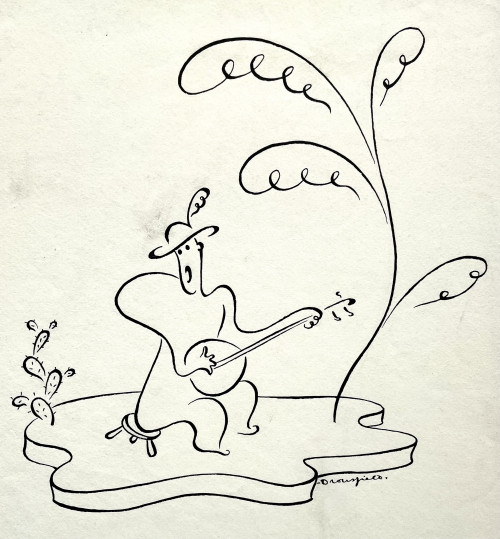- HOME
-
- View All Items
- New Arrivals
- Featured Items
- Artists
-
- View All
- Contemporary
- Birmingham School
- Cotswold Group
- Landscape
- Urban Townscape
- Abstract
- Animals/Birds
- Arts & Crafts
- British Impressionist
- Botanical
- Design/Industrial
- Fantasy/Fairy Subjects
- Female Artists
- Figurative
- Historical
- Illustration/Cartoon
- Marine
- Military/War Artist
- Modern British
- Pre-raphaelite/ Romantic/ Aesthetic
- Nude
- Portrait
- Prints
- Scottish
- Sculpture
- Sporting
- Still Life
- Theatrical
- Interiors/Architectural
-
ARCHIVE
Genre
- View All
- Contemporary
- Birmingham School
- Cotswold Group
- Landscape
- Urban Townscape
- Abstract
- Animals/Birds
- Arts & Crafts
- British Impressionist
- Botanical
- Design/Industrial
- Fantasy/Fairy Subjects
- Female Artists
- Figurative
- Historical
- Illustration/Cartoon
- Marine
- Military/War Artist
- Modern British
- Pre-raphaelite/ Romantic/ Aesthetic
- Nude
- Portrait
- Prints
- Scottish
- Sculpture
- Sporting
- Still Life
- Theatrical
- Interiors/Architectural
- ARTISTS
- Online Exhibitions
- Events
- About
- Contact
- Home
- Medium
- Watercolour & Drawing
- The Band Stand, Cremorne Gardens
The Band Stand, Cremorne Gardens
The Band Stand, Cremorne Gardens
Greaves was the son of a Chelsea boat-builder and waterman. He and his brother Henry initially trained as shipwrights but in their spare time drew and painted local views of the Thames and the streets and lanes of Chelsea. In the early 1860s they met Whistler who was to become a close friend and mentor. They took Whistler on the river, acted as studio assistants and became his pupils. The relationship with Whistler lasted until the early 1880s when the irascible master fell out with his hero-worshiping disciples. Walter continued to paint and draw views of the Thames and Chelsea. As with Whistler’s etchings, these were often retrospective views showing the area before the building of the Embankment in the early 1870s, when vast areas of the old waterfront were demolished. Confusion often arises over the dates that appear on his works, as they indicate the date of the retrospective view rather than the date of execution. Much of his life was spent in poverty and in 1922 he was admitted to the Charterhouse as a Poor Brother, where he remained until his death. Walter Greaves exhibited his work in London at the Goupil Gallery and Grosvenor Gallery and in the provinces. His early work was painted in a naïve and primitive style but subsequent paintings shared many characteristics with those of Whistler. His work is represented in the collection of the Tate Gallery and elsewhere. Several exhibition of his work were held at the Parkin Gallery in the 1980s. Cremorne Gardens were a popular pleasure garden on the side the Thames between Chelsea Harbour and the end of the Kings Road. The bandstand and dancing platform was build in the 1840s and became the centre of the pleasure grounds. Built as a recreation of the earlier Ranelagh Gardens, Cremorne Gardens became rowdier and less socially acceptable and in 1877 the licence was refused and the site was built upon. Francis Wey, a French man, visited Cremorne Gardens in 1856 and described his experience: “In a Chinese bandstand an orchestra struck up a schottische. A minute later the carefully levelled open space was filled with couples and the surrounding tables with onlookers. We took our seats and the waiter uncorked a couple of oval-shaped bottles and poured us out a frothy sparkling liquid which might have been lemonade had it not tasted of pepper and pimentos. This fashionable refreshment sets the roof of your mouth on fire, and while I still gasped for breath, Lionel seized the hand of a young person of doubtful morality and flung himself into a Bacchanalian rendering of the polka. People dance here with their hips and their shoulders, seeming to have little control over their legs. They have no ear for time. Frivolous young things improvise all sorts of indecorous antics. This, however, does not seem in any way to interfere with the staid enjoyment of the numerous middle-aged couples who placidly saunter around, occasionally colliding with one or another of the boisterous merry-makers. Nobody here takes the slightest notice of his neighbours doings.” (F Wey, A Frenchman Sees the English in the “Fifties”, 1935) The frame includes a well worn ticket to the garden for the season of 1876.
Dimensions:
Thank you for your enquiry.
We will get back to you soon.
Please create wishlist to add this item to
RELATED ITEMS






